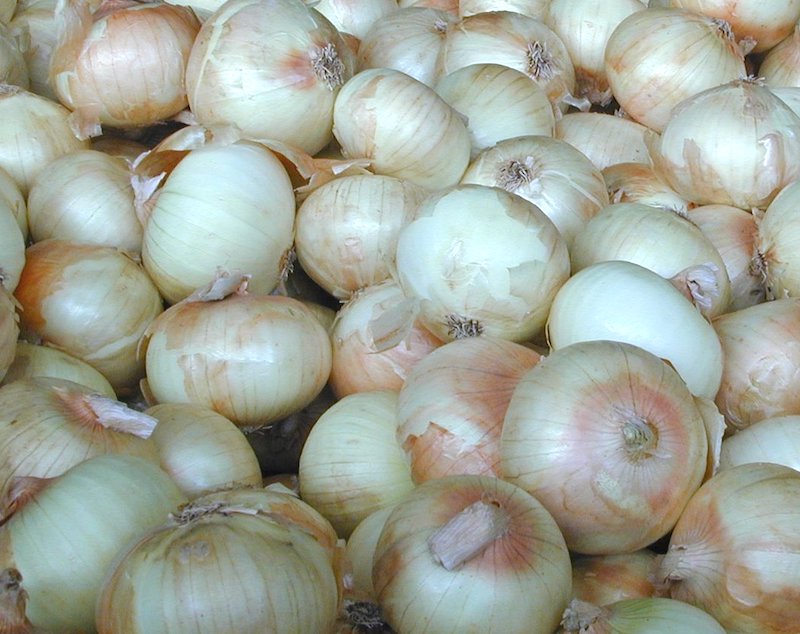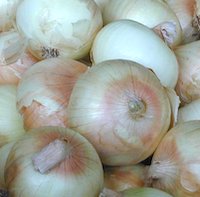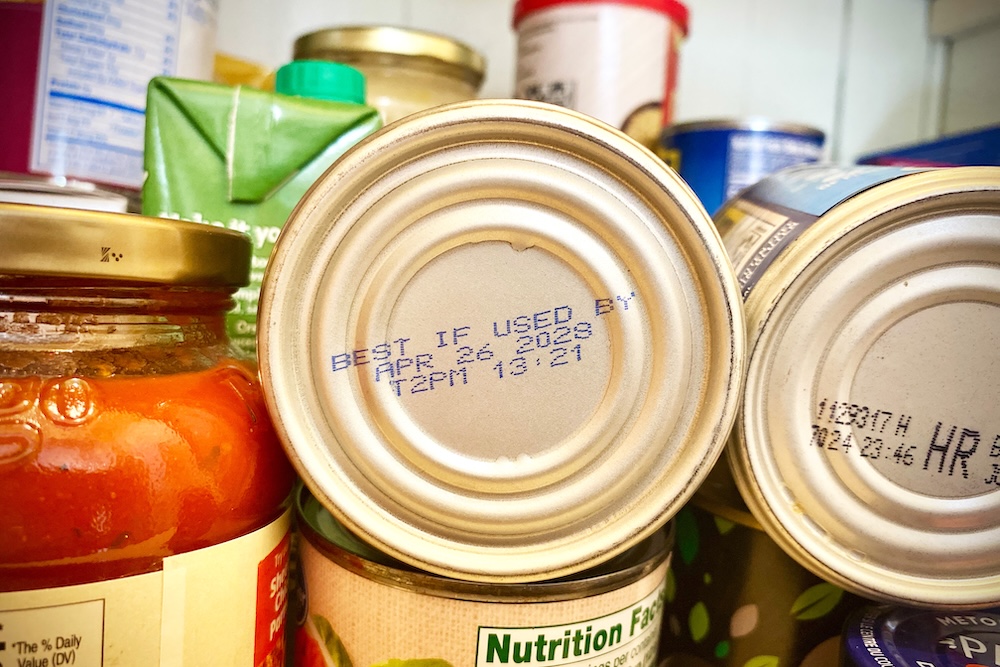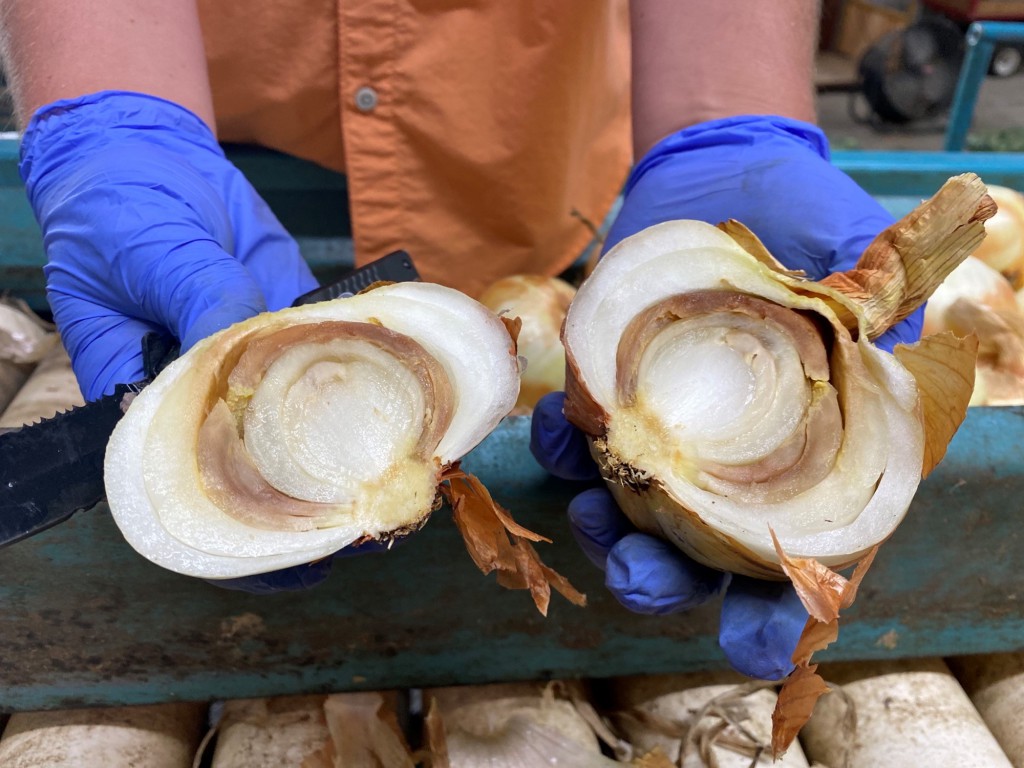Georgia-grown Vidalia onions have hit the grocery and farmers market shelves. Farmers have been careful to handle the crop with kid gloves during the harvest. Now, consumers have to make sure to store them properly to keep them around as long as possible, says University of Georgia Cooperative Extension food safety specialist Elizabeth Andress.
“While Vidalia onions are famous for their sweet flavor, there are numerous varieties and colors of onions,” Andress said. “Onions are used in many unique, flavorful condiments from relishes, salsas and pickles to jams.”
For Vidalia onions that you plan to use within two to four weeks, Andress says to keep them dry and store them at room temperature in a cool, ventilated area.
If you are slicing a Vidalia onion to eat fresh on a hamburger or with a big bowl of black-eyed peas, the National Onion Association says that any leftover sliced fresh onion can be safely saved for 7 days at 40 degrees Fahrenheit.
Andress, who is director of the National Center for Home Food Preservation, offers the following tips on how to properly freeze onions.
Peeled, washed onions can be diced or chopped and frozen without blanching. The onion should be cut into one-fourth-inch to one-half-inch pieces.
If you have room in your freezer, spread the pieces out on a clean baking sheet in a single layer. When the onions are frozen (hardened), promptly remove them from the tray and package them in air-tight freezer bags or containers while they are still hard.
“This keeps the pieces separated in their freezer packaging so that you will be able to remove only as much as you want at a time in the future,” Andress said. “If they are all put into the bag or container at room temperature, the onion pieces will freeze into one large mass and not as separate pieces.”
Freezer bags work best for freezer storage, she said, as you can remove some of the onions and then push the air out of the bag and reseal the remaining frozen pieces. When freezing with hard containers, the air that is held in the container can affect food quality and cause freezer burn, drying out the food.
For other ways to freeze onions, and for more information on preserving and canning foods, visit the National Center for Home Food Preservation online at nchfp.uga.edu. You will also find many options for using onions in relishes, salsas and pickled products.
According to the UGA Center for Agribusiness and Economic Development, Georgia farmers grew 12,417 acres of onions in 2017. The farm gate value of onions that year was over $140 million. The top onion-producing counties in Georgia are Tattnall County (4,238 acres) and Toombs County (3,750 acres).








